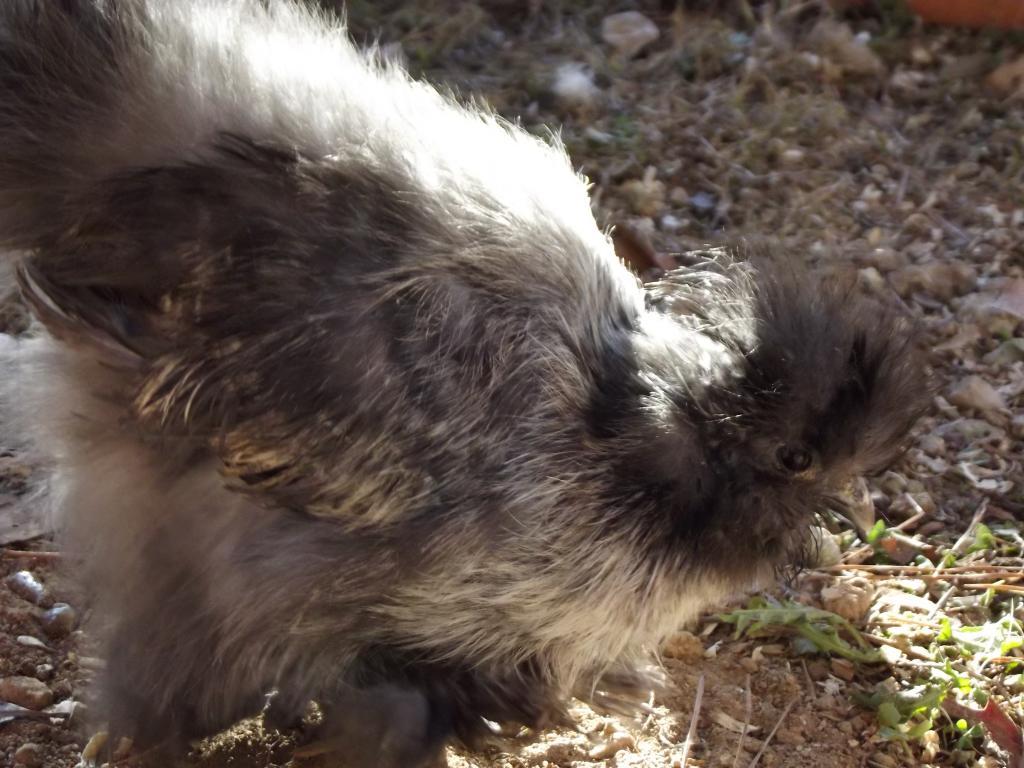Quote:
It's not like mixing paint. White is an OFF switch, that prevents pigment; it is not a dilution gene. In silkies, almost all whites are recessve, which means that it takes two copies to have an effect. Underneath the whte, every white silkie can be an entirely different mix of colour and pattern genes--the results from one white X not-white can be entirely different than between a different white and the same not-white.
Birds lay their clutch of eggs before starting to set. Until the clutch is complete, they will not become broody. The size of the clutch is determined by the hen; it could be a single egg, or 2 dozen. Most would start setting somewhere long before they laid 2 dozen, but if other hens are using the same nest... A large breed exhibition hen might be able ot adequately cover 2 dozen eggs, but not a silkie, so you would need to remove some if she goes broody on more than she can adequately cover. Also, hens go broody on their own schedule.











